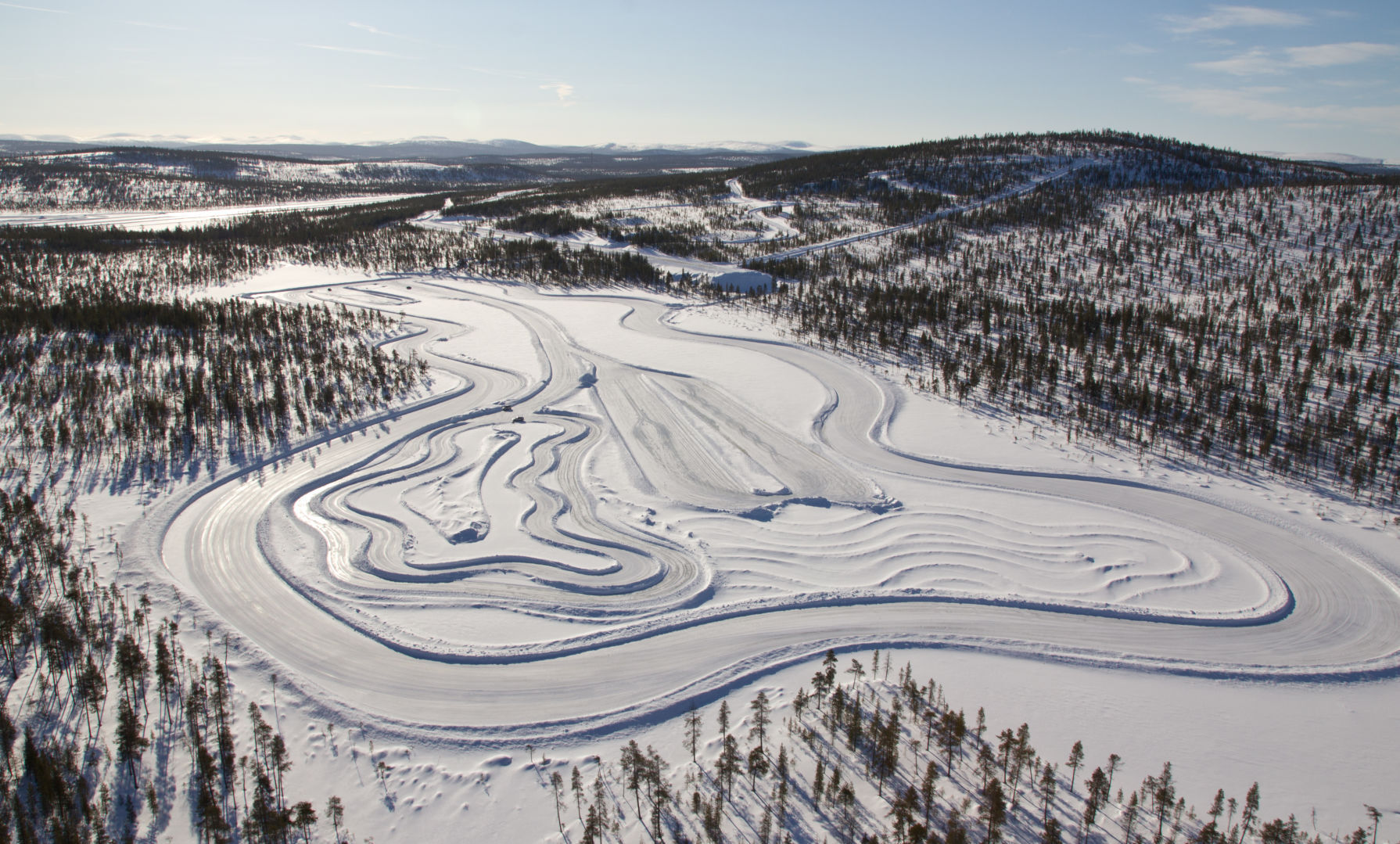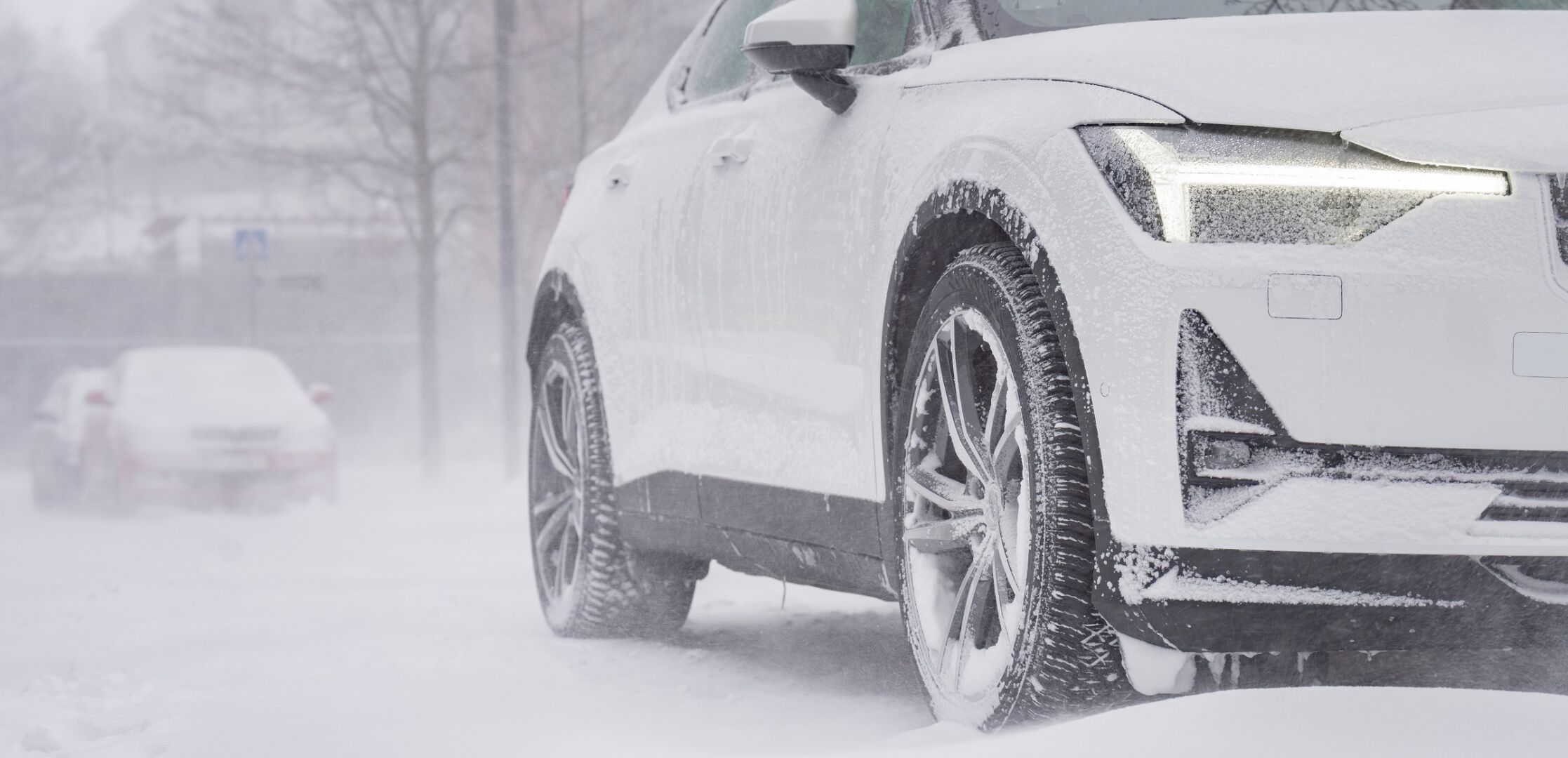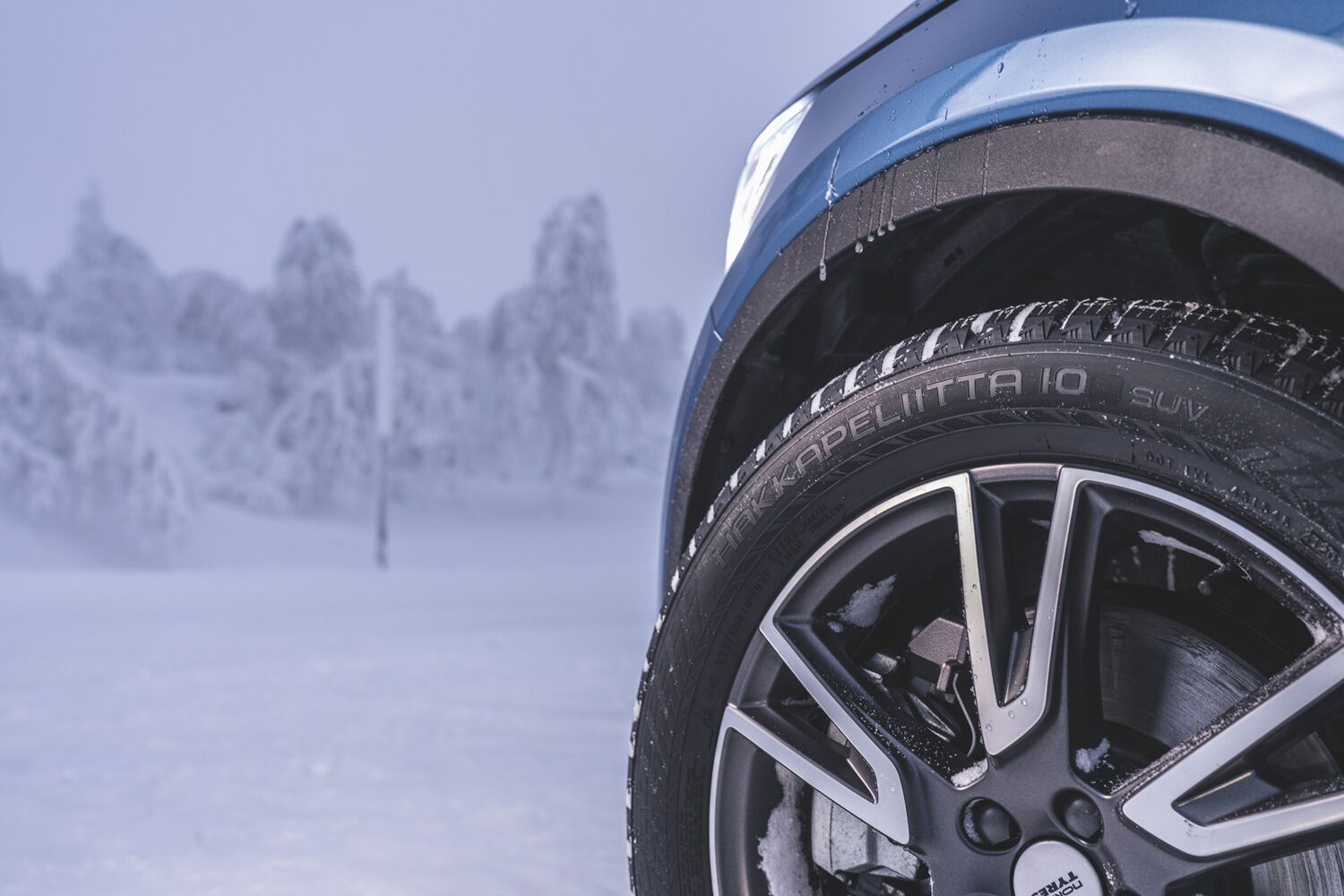Choosing your tires
What's the difference between all season and all weather tires?
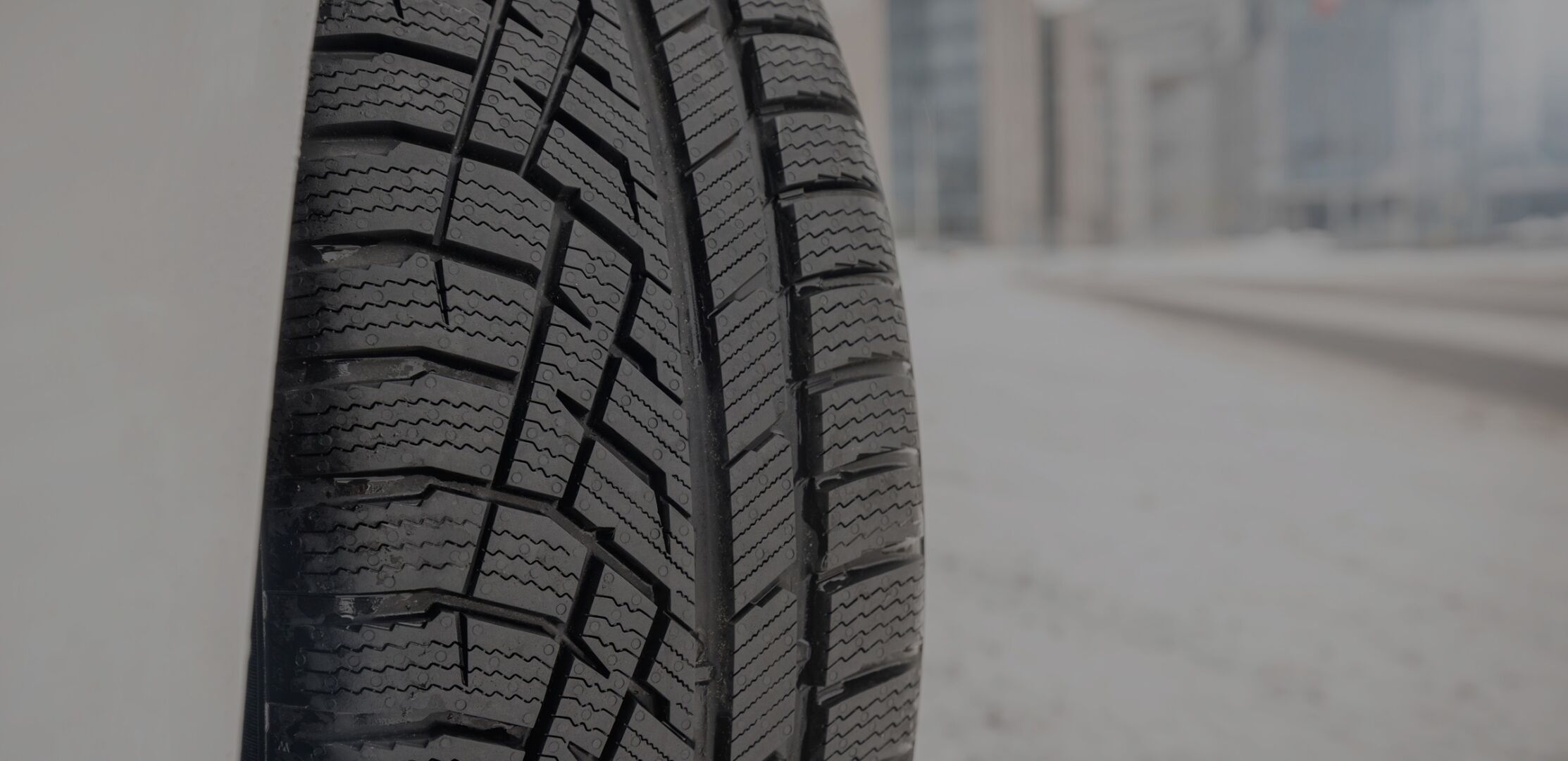
Did you know there are major differences between all weather tires and all season tires? Nokian Tyres breaks down the defining characteristics of both types.
Several decades ago, some executives in the tire industry made a marketing decision that has perplexed drivers ever since: the term all season tire.
It can be a confusing moniker. All season tires are great for all seasons – if you live on the southern end of North America. But if you get snow and ice even once or twice a year, all season tires will not keep you safe in the winter months. In fact, even when roads are dry, all season tires tend to lose much of their grip when temperatures fall below 45 degrees Fahrenheit (7 degrees Celsius). Colder temperatures harden the rubber compound of all season tires and lower their responsiveness.
All season vs all weather tires
Drivers who want a year-round solution and do not like keeping track of the forecast should choose all weather tires instead. Unlike their all season counterparts, all weather tires are certified with the Three-Peak Mountain Snowflake (3PMSF) symbol – also known as the severe service emblem. The 3-peak-mountain-snowflake indicates that a set of tires is approved for use in winter conditions.
All weather tires have a tread compound that stays soft and agile at much lower temperatures than all season tires. Despite their performance in harsh winter weather, all weather tires are still effective in spring rain, summer heat and everything in between. Nokian Tyres is not only an industry leader in all weather tires, we actually invented the segment 25 years ago. We're now onto our sixth generation of all weather tire: Nokian Tyres Remedy WRG5 all weather tires.
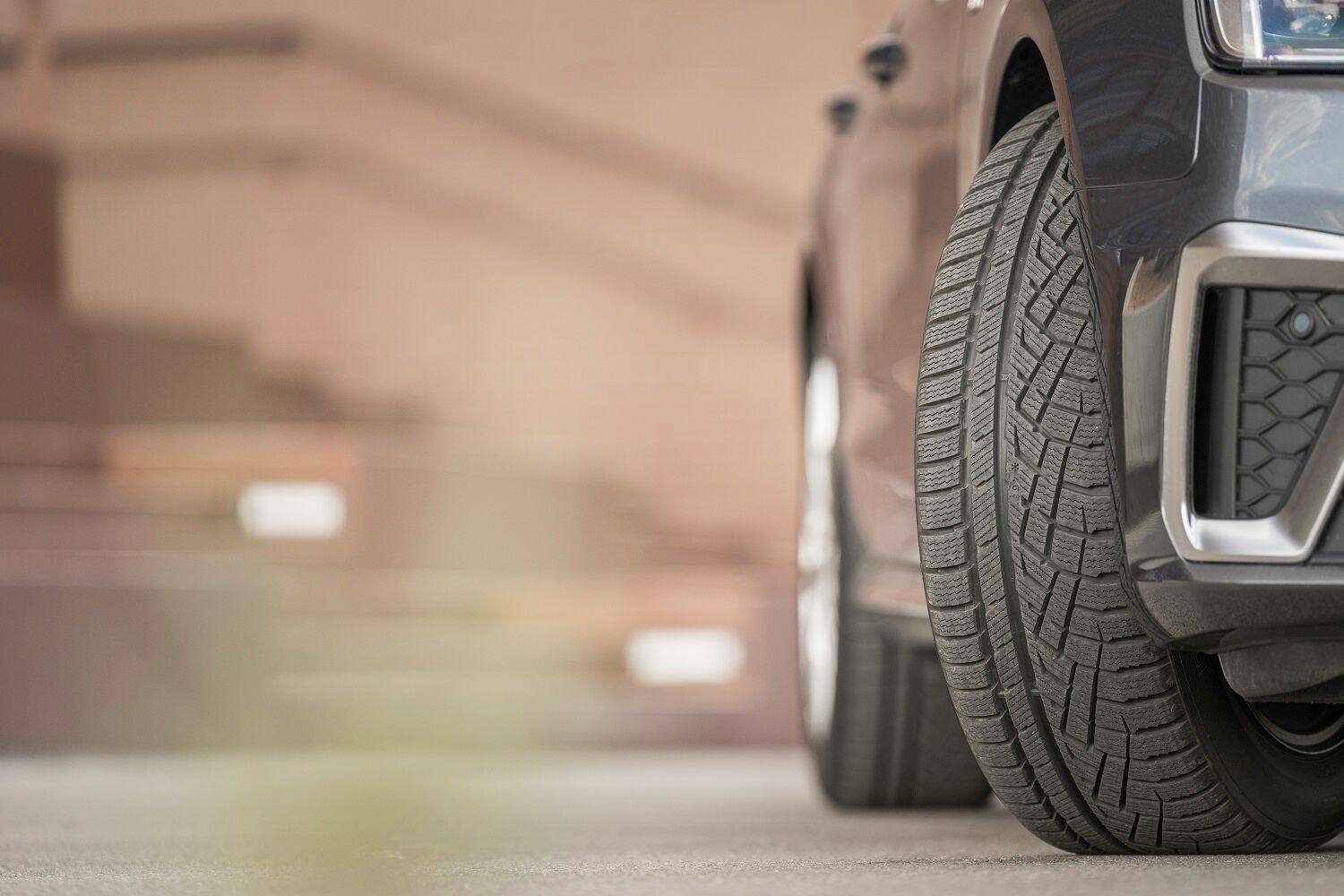
Should you choose all season or all weather tires?
Although the naming of both all-season and all-weather tires would have you think that you can use them all the time, their use cases are limited to certain conditions and seasons.
-- All-year use. All season tires are, in fact, suitable for only three seasons if you encounter snow and other peculiarities of the winter months. All weather tires, on the other hand, suit both summer and winter driving conditions, providing snow traction in the winter and performing in warm temperatures as well.
-- Tire tread. The tread pattern of all weather tires is more aggressive than that of all season tires and has additional features, like sipes, for improved winter traction. The tire tread pattern of all season tires is well-suited for dry and wet roads as long as there is no snow on the road.
-- Tire rating. All weather tires with the 3-peak-mountain-snowflake qualify them for winter use. Meanwhile, all season tires can have the M+S rating for mud and light snow. However, this does not qualify them as winter tires.
-- Tread life. Where all season tires lose in winter traction, they make up in longevity. Our Nokian Tyres One all season tire comes with an 80,000 mile treadwear warranty. All weather tires may wear out sooner when driven both on dry and wet roads, as well as snow.
Both tire types provide year-round traction - dependent on the driving conditions where you live. If there is even the slightest risk of snow and ice on the road during the winter time of year, yet you don't feel it's enough to invest in a separate set of winter tires, then go for all weather tires. Otherwise, all season tires can be used throughout all seasons.
However, getting two sets of tires might come into question if you live in northern areas that experience sustained snowy and icy conditions; you may consider winter or snow tires to accompany your set of summer tires.

Winter tires with or without studs
Car owners living in northern areas can encounter snow, ice, slush and the other challenges of the winter months. In these conditions, the right tires with additional winter traction can really make a difference. Therefore, in extreme winter conditions, there is nothing safer than a dedicated winter tire. Read more about when to put on winter tires here.
Dedicated winter tires come in two types: studded and non-studded. As their name suggests, studded winter tires have small studs that bite into the slippery road, providing much-needed extra traction on winter roads. Meanwhile, non-studded winter tires perform well in challenging driving conditions thanks to their aggressive tread pattern, deeper tire treads and specialized rubber compounds.
Remember to check your local laws and regulations for using winter tires. You can also visit your local Nokian Tyres dealer for guidance on choosing the right tires and when to change them.
And for areas that don’t get winter weather at all, excellent all season tires, like the Nokian Tyres One family or the ultra-high-performance all-season Nokian Tyres Surpass are great choices. For drivers who experience unpredictable winter weather, all weather tires are the right type for year-round use.
Please remember that it is the driver’s responsibility to ensure their tires are safe and suitable for their vehicle and to follow the vehicle’s manufacturer´s guidelines for proper use and maintenance. Consult your closest Nokian Tyres dealer or your vehicle’s manufacturer for specific advice.
